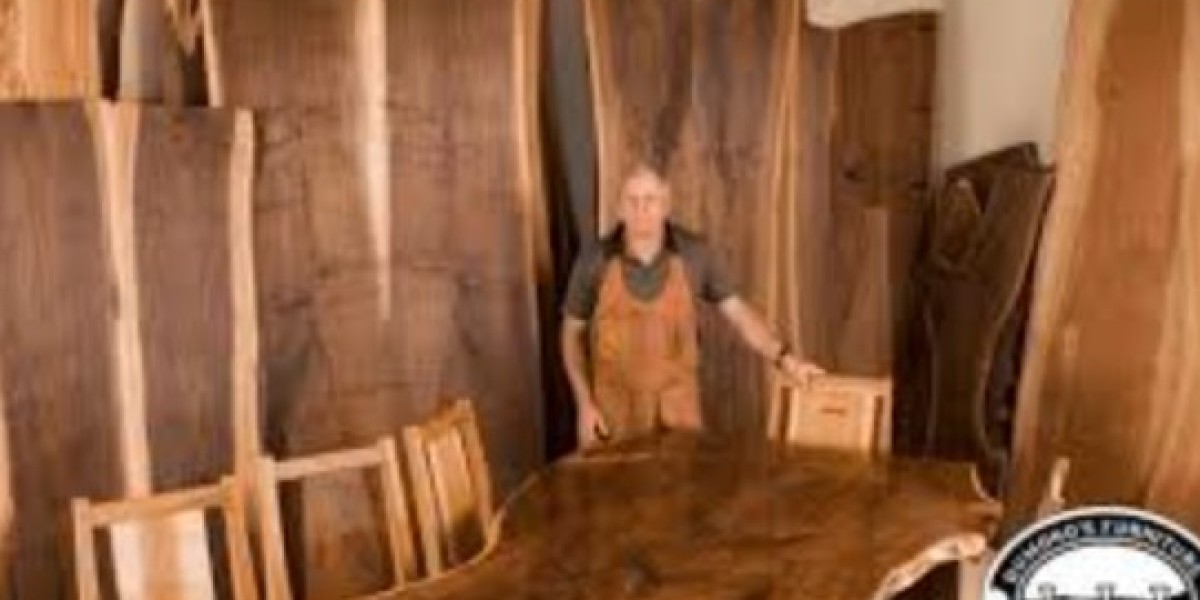Wooden furniture has been a staple in homes for centuries. From rustic farmhouse tables to sleek modern dressers, the versatility and durability of wood make it a preferred material for many homeowners. But beyond its practicality, wooden furniture carries a timeless appeal that transcends trends and seasons. In this blog post, we’ll explore why wooden furniture never goes out of style, its various types, the environmental benefits of choosing wood, and how to care for your wooden pieces to ensure they last a lifetime.
The Enduring Popularity of Wooden Furniture
One of the primary reasons wooden furniture remains so popular is its versatility. Wood can be crafted into virtually any shape or design, making it suitable for a wide range of interior styles. Whether your home is decorated in a traditional, contemporary, rustic, or eclectic style, there’s a piece of wooden furniture that will complement your aesthetic.
The natural beauty of wood is another reason for its enduring appeal. Each piece of wood is unique, with its own grain patterns, colors, and textures. This uniqueness adds character to furniture, making each piece one-of-a-kind. Additionally, wood’s ability to age gracefully, developing a rich patina over time, means that wooden furniture often looks better the longer you have it.
Types of Wooden Furniture: From Hardwood to Softwood
When it comes to wooden furniture, the type of wood used can significantly impact the piece’s look, feel, and durability. Broadly, wood is classified into two categories: hardwood and softwood.
Hardwood comes from deciduous trees that lose their leaves annually. Common types of hardwood used in furniture include oak, walnut, cherry, maple, and mahogany. Hardwood is known for its strength and durability, making it an excellent choice for pieces that need to withstand heavy use, such as dining tables, chairs, and bed frames. The dense grain of hardwood also allows for intricate carving and detailing, adding to its aesthetic appeal.
Softwood comes from coniferous trees, which are usually evergreen. Examples of softwood used in furniture include pine, cedar, and spruce. Softwood is generally lighter and less dense than hardwood, making it easier to work with. It’s often used for furniture that requires a lighter touch or for pieces where the wood’s natural beauty is highlighted, such as in rustic or country-style furniture. While softwood is not as durable as hardwood, it can still be incredibly long-lasting with proper care.
Environmental Benefits of Wooden Furniture
In today’s eco-conscious world, the sustainability of the products we buy is more important than ever. Wooden furniture is an environmentally friendly choice for several reasons.
First, wood is a renewable resource. Trees can be replanted and grown over time, ensuring a continuous supply of wood for future generations. Moreover, many furniture manufacturers now source their wood from sustainably managed forests, where trees are harvested responsibly, and replanting efforts are in place.
Second, the production of wooden furniture typically has a lower carbon footprint compared to other materials like plastic or metal. Wood naturally stores carbon dioxide, keeping it out of the atmosphere, and the energy required to process wood is significantly less than that needed for synthetic materials.
Finally, wooden furniture is biodegradable. At the end of its life, a wooden piece can break down naturally without releasing harmful toxins into the environment. This contrasts sharply with synthetic furniture, which often ends up in landfills where it can take hundreds of years to decompose.
The Art of Caring for Wooden Furniture
To ensure your wooden furniture lasts a lifetime, proper care is essential. While wood is durable, it’s also susceptible to damage from moisture, heat, and sunlight. Here are some tips to help you maintain your wooden furniture:
1. Regular Dusting: Dust can accumulate on wood surfaces, dulling their finish. Use a soft, lint-free cloth to dust your furniture regularly. Avoid using rough materials or harsh chemicals that can scratch or damage the wood.
2. Use Coasters and Mats: To prevent water rings and heat marks, always use coasters under drinks and mats under hot dishes. Spills should be wiped up immediately to prevent moisture from seeping into the wood and causing damage.
3. Avoid Direct Sunlight: Prolonged exposure to direct sunlight can cause wood to fade or discolor. Position your furniture away from windows or use curtains and blinds to protect it from the sun’s harsh rays.
4. Apply Protective Finishes: Depending on the type of wood and finish, you may need to apply a protective coating, such as wax or oil, periodically. These finishes help seal the wood, protecting it from moisture and enhancing its natural beauty.
5. Control Humidity Levels: Wood can expand or contract with changes in humidity, leading to warping or cracking. Keep your home’s humidity levels consistent, and avoid placing wooden furniture in areas prone to high humidity, such as basements or bathrooms.
The Emotional Connection to Wooden Furniture
Beyond its practical benefits, wooden furniture often carries emotional significance. Unlike mass-produced synthetic pieces, wooden furniture is frequently handcrafted, making it feel more personal and unique. The craftsmanship that goes into creating a piece of wooden furniture is often evident in the details, whether it’s the joinery, the carving, or the finish.
Many people also have fond memories associated with wooden furniture. Perhaps you have a dining table that has been in your family for generations, or a wooden rocking chair where you rocked your child to sleep. These pieces become more than just furniture; they become heirlooms, passed down through the generations, carrying with them stories and memories.
Wooden Furniture in Modern Design
While wooden furniture has a long history, it continues to be relevant in modern design. Today’s designers are finding innovative ways to incorporate wood into contemporary spaces, blending traditional craftsmanship with modern aesthetics.
One trend is the use of reclaimed wood, which gives new life to old materials. Reclaimed wood furniture is often made from wood salvaged from old buildings, barns, or boats, and it carries a sense of history and character that new wood cannot replicate. This type of furniture is also environmentally friendly, as it reduces the need for new wood and minimizes waste.
Another trend is the combination of wood with other materials, such as metal, glass, or concrete. This mix of materials creates a striking contrast, adding visual interest to a space. For example, a wooden tabletop paired with metal legs can create a sleek, industrial look, while a wooden bed frame with a concrete headboard can add a touch of modern sophistication.
Conclusion: The Timelessness of Wooden Furniture
In a world where trends come and go, wooden furniture remains a constant, offering beauty, durability, and a connection to nature. Whether you’re drawn to the rich warmth of hardwood, the rustic charm of softwood, or the sustainable appeal of reclaimed wood, there’s no denying the timeless appeal of wooden furniture.







